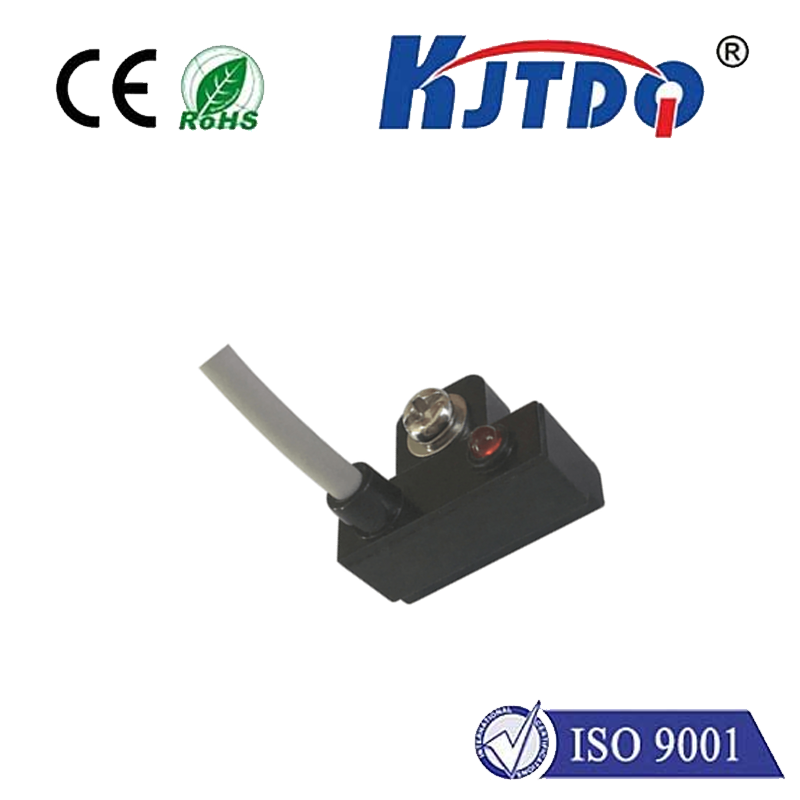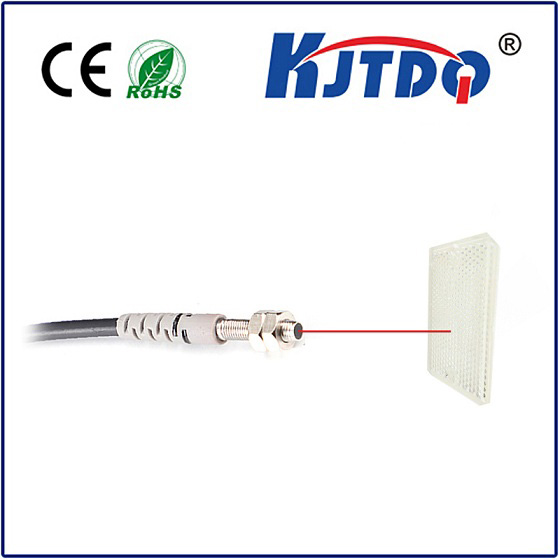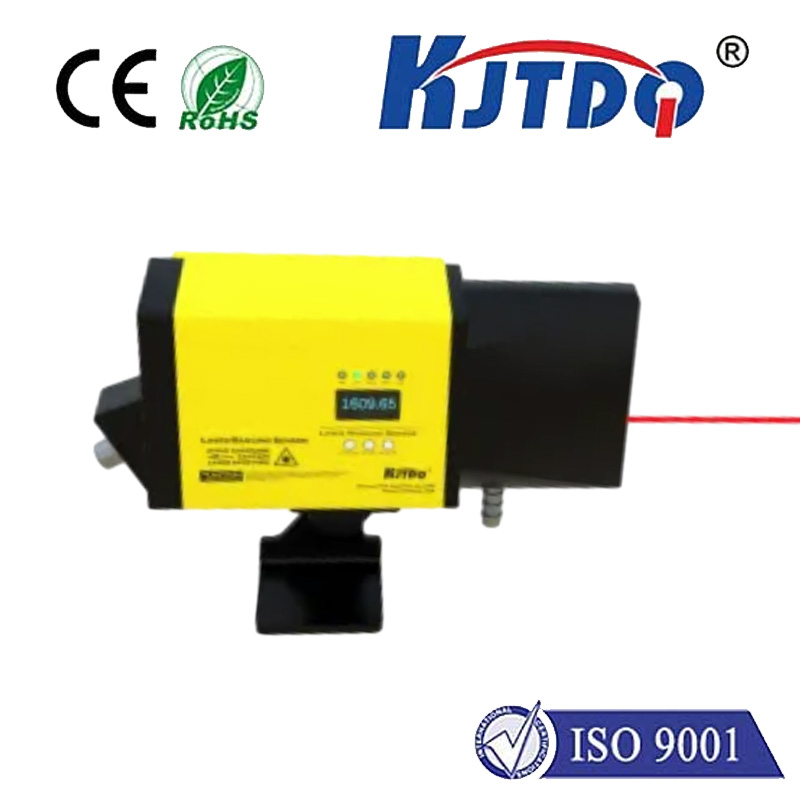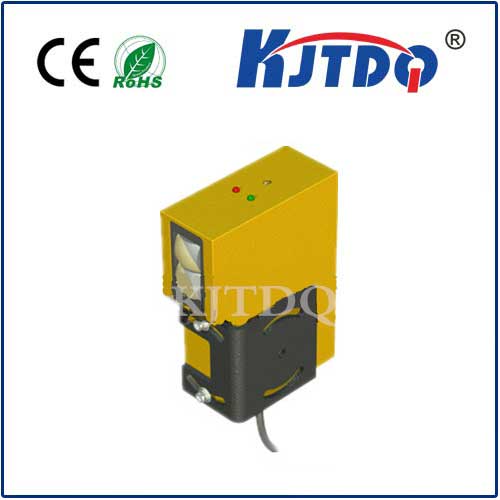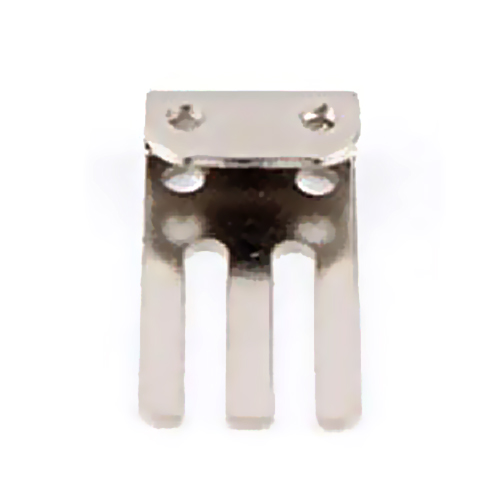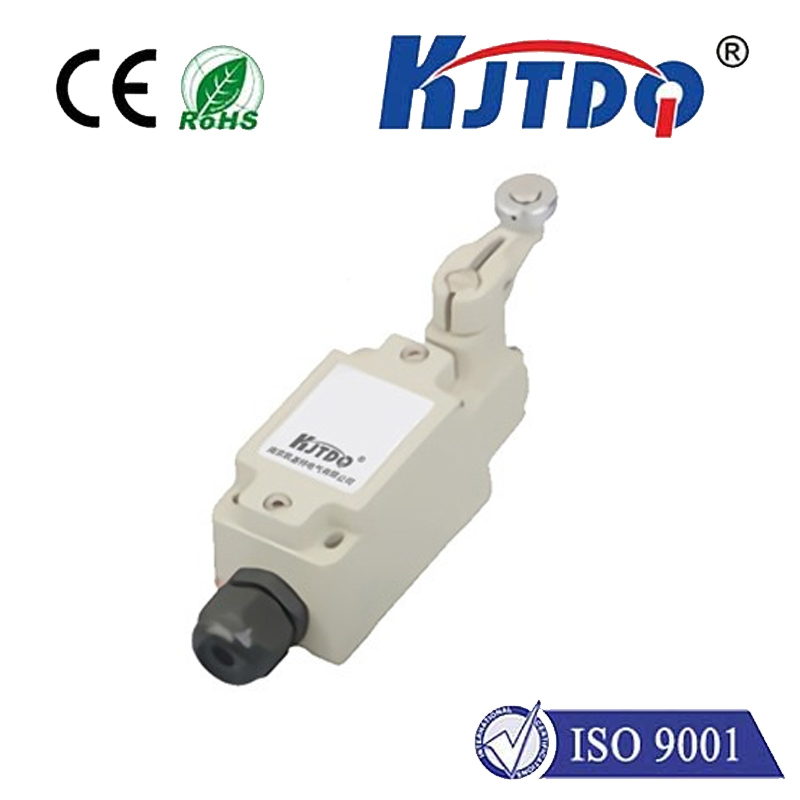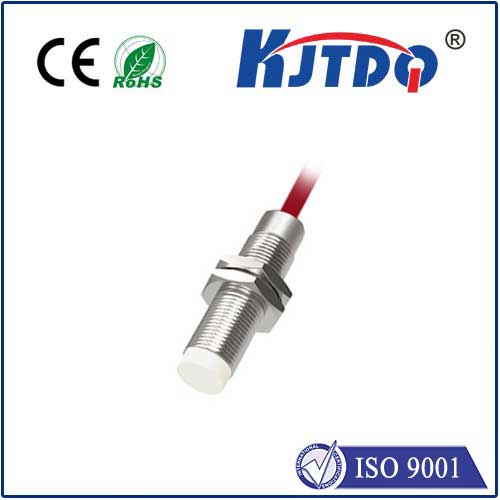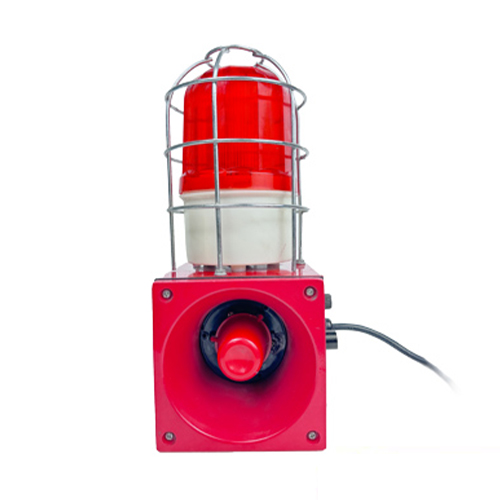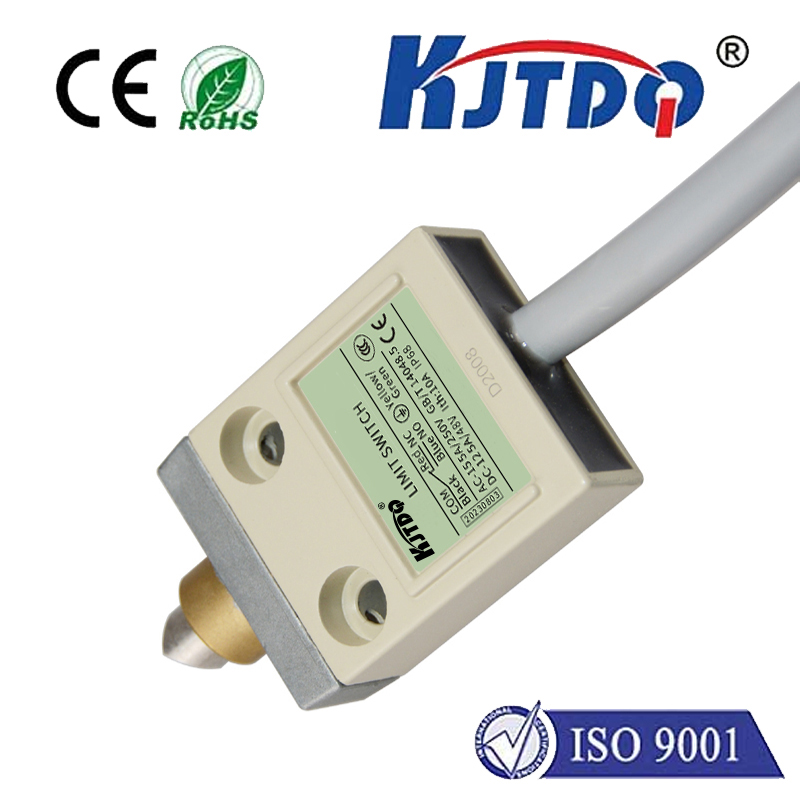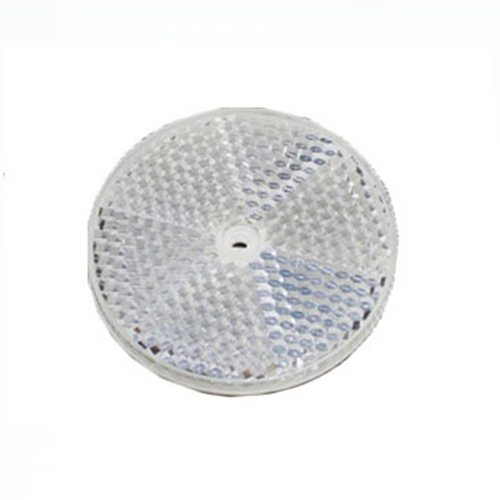

check

check

check

check
Tilt Limit Switch: Ensuring Safety and Efficiency in Industrial Applications
The tilt limit switch is a crucial component of industrial equipment, designed to detect the angle or orientation of a device and trigger an alert or shut down the system if it exceeds safe limits. This article will explore the importance of tilt limit switches in maintaining safety and efficiency across various industries.
Firstly, let's define what a tilt limit switch is. A tilt limit switch is an electronic device that uses a mercury switch, ball-and-socket, or other sensing mechanisms to detect changes in orientation. When the switch reaches a preset angle, it sends an electrical signal to the control system, which can then activate alarms, stop machinery, or initiate other responses.

In manufacturing processes where precision is key, such as those involving conveyor belts or robotic arms, a tilt limit switch ensures that equipment remains steady and level. If a piece of machinery tips beyond its operational parameters, the switch immediately cuts power, preventing damage to the equipment or potential injuries to workers.
For example, in the construction industry, heavy machinery like excavators and bulldozers rely on tilt limit switches to maintain stability on uneven terrain. Should these machines lean too far to one side, the tilt limit switch triggers a response that protects both the operator and the machine from harm.
Moreover, in the transportation sector, tilt limit switches are vital for monitoring cargo during shipping. They help detect if a container has shifted or fallen over, which could lead to loss of goods, damage to vehicles, or even road accidents.
Another area where tilt limit switches play a significant role is in the maintenance of wind turbines. These structures must withstand strong winds without deviating from their upright position. Tilt limit switches provide early warning systems for technicians to take corrective measures before any serious issues arise.
Furthermore, in the oil and gas industry, offshore platforms depend on tilt limit switches to monitor their structural integrity against the forces of nature. Early detection of shifts in the platform's position can prevent catastrophic incidents and protect lives.
Lastly, in the field of seismology, tilt limit switches aid in earthquake detection by registering slight ground movements. This data helps scientists analyze seismic activity and improve our understanding of earthquake behavior.
In conclusion, the tilt limit switch serves as a silent guardian in numerous industries, safeguarding against accidents and promoting operational efficiency. Its simple yet effective design allows it to be integrated into complex systems where reliability and instantaneous response are critical. By continuously monitoring orientation and tilt, these switches contribute significantly to maintaining safety standards and minimizing risks associated with mechanical failure or environmental factors
